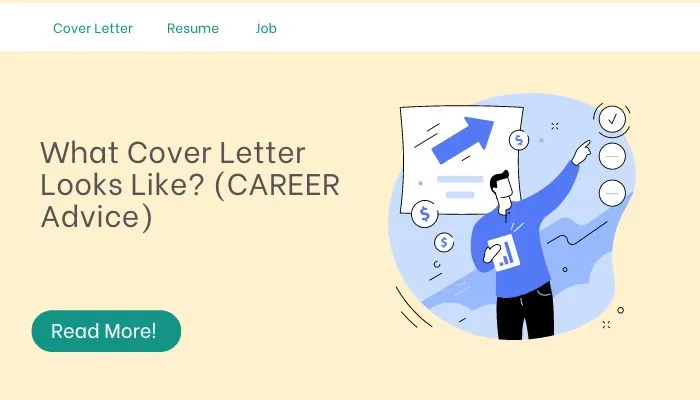What is a Cover Letter
A cover letter is an essential document that accompanies your resume when applying for a job. It serves as a personalized introduction, providing context to your application and highlighting your qualifications and interest in the position. Unlike a resume, which offers a factual summary of your skills and experiences, a cover letter presents a more personal narrative. It explains why you are a perfect fit for the specific role and demonstrates your enthusiasm and understanding of the company. Think of it as a marketing tool that allows you to showcase your personality and make a compelling case for why you deserve to be considered for an interview.
The Purpose of a Cover Letter
The primary purpose of a cover letter is to persuade the hiring manager to read your resume and consider you for an interview. It allows you to directly connect your skills and experiences to the specific requirements of the job, demonstrating how you can add value to the company. Moreover, the cover letter provides a space to address any potential gaps in your resume, such as career changes or a period of unemployment. It shows your writing skills and your understanding of the role, thus setting the stage for a more detailed discussion during an interview. In a competitive job market, a strong cover letter can significantly increase your chances of getting noticed and securing a job offer.
Why is a Cover Letter Important
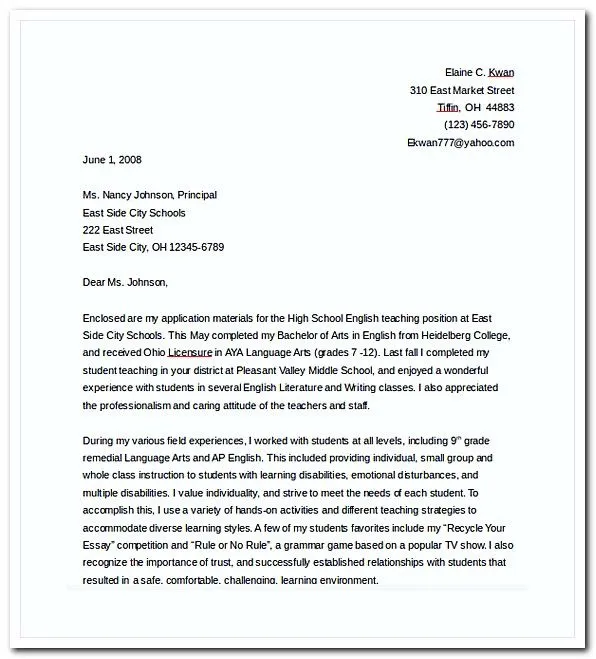
In a highly competitive job market, a cover letter is a crucial element of your job application. It displays your professionalism, attention to detail, and willingness to go the extra mile. Many employers use cover letters to assess a candidate’s writing skills, communication abilities, and overall fit within the company culture. It provides a valuable chance to personalize your application and convey your genuine interest in the role and the organization. A well-written cover letter can often be the deciding factor in whether your application gets noticed, especially when competing against numerous other qualified candidates. It helps you to make a strong first impression and to increase your chances of securing an interview.
Key Components of a Cover Letter
A well-structured cover letter includes several essential components that work together to present you in the best possible light. Each section serves a specific purpose in conveying your qualifications and enthusiasm for the job. It’s vital to tailor these components to each job application, highlighting the skills and experiences most relevant to the role. By understanding and effectively using each component, you can create a cover letter that makes a strong impression on the hiring manager and increases your chances of getting an interview.
Header
The header of your cover letter must include your contact information your name, address, phone number, and email address. Ensure that the information is accurate and up-to-date. It’s also professional to format your name and contact information in a clear, easy-to-read manner. The header is essential because it provides the hiring manager with a quick and easy way to contact you if they are interested in scheduling an interview. Formatting is important here.
Recipient’s Information
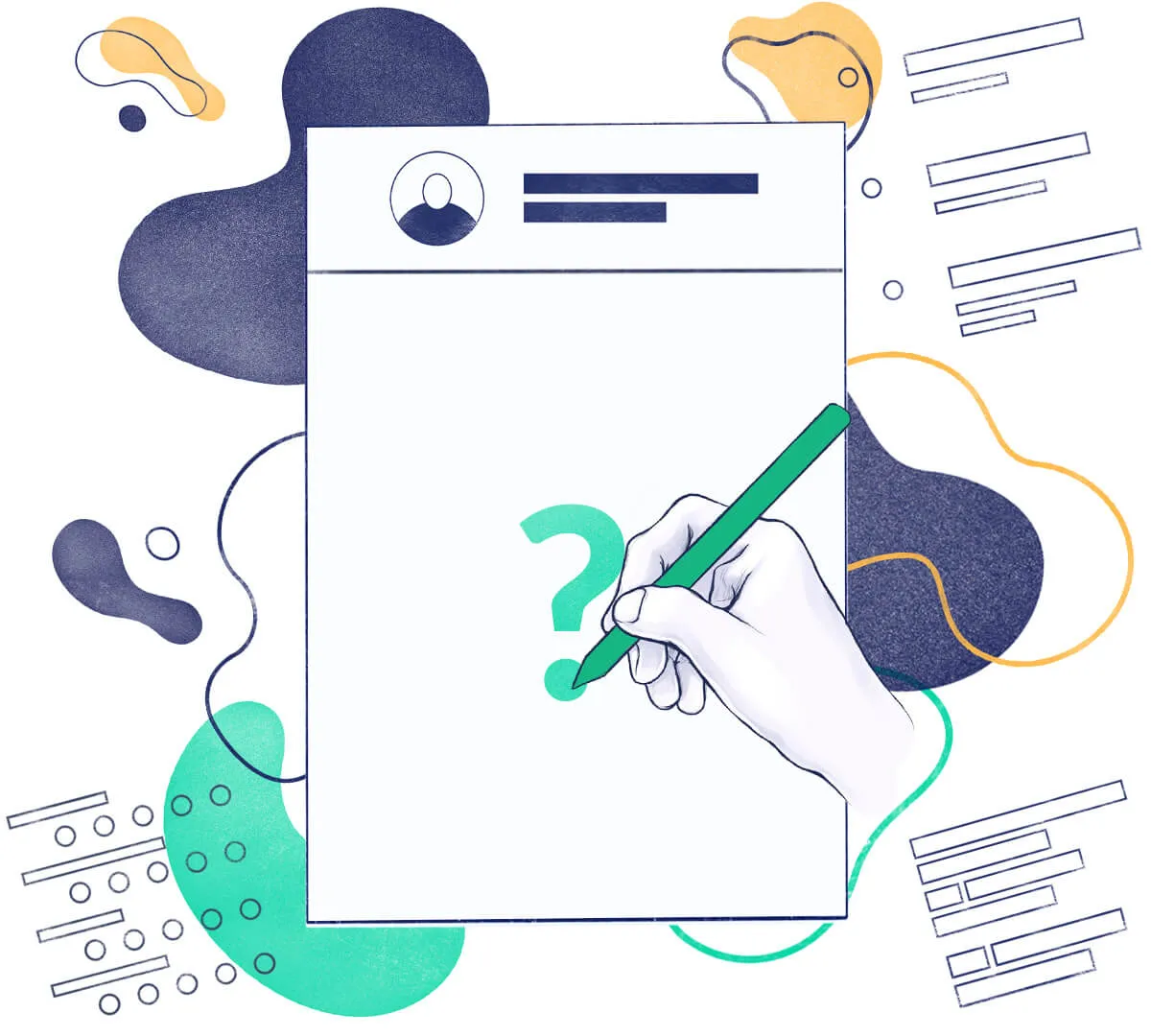
Direct your cover letter to the hiring manager by name. Research the company and identify who is responsible for hiring for the position. Addressing the letter to a specific individual shows that you’ve taken the time to research the company and the role. If you cannot find the hiring manager’s name, use a general salutation, but try to personalize it if possible by using the job title or department. This attention to detail demonstrates your initiative and your genuine interest in the role, making a positive impression on the hiring manager.
Salutation
Your salutation is the opening greeting of your cover letter. The most professional option is “Dear [Hiring Manager’s Name],” However, if you do not know the hiring manager’s name, consider using “Dear Hiring Manager,” or “Dear [Department Name] Hiring Team”. Avoid generic salutations such as “To Whom It May Concern,” as these can make your letter seem impersonal. Make sure that your salutation sets a professional and respectful tone for the rest of your letter. Your choice of salutation sets the tone for the entire cover letter and impacts how the reader perceives you.
Body Paragraphs
The body paragraphs are the core of your cover letter. They should be concise and focused. They should highlight your relevant skills and experiences and also demonstrate your enthusiasm for the position and the company. Aim to connect your qualifications to the specific requirements outlined in the job description. The goal is to convince the hiring manager that you are a good fit for the role and the organization, and worth inviting in for an interview. Make sure your letter is easy to read and understand, and avoid excessive jargon or complex sentence structures.
First Paragraph
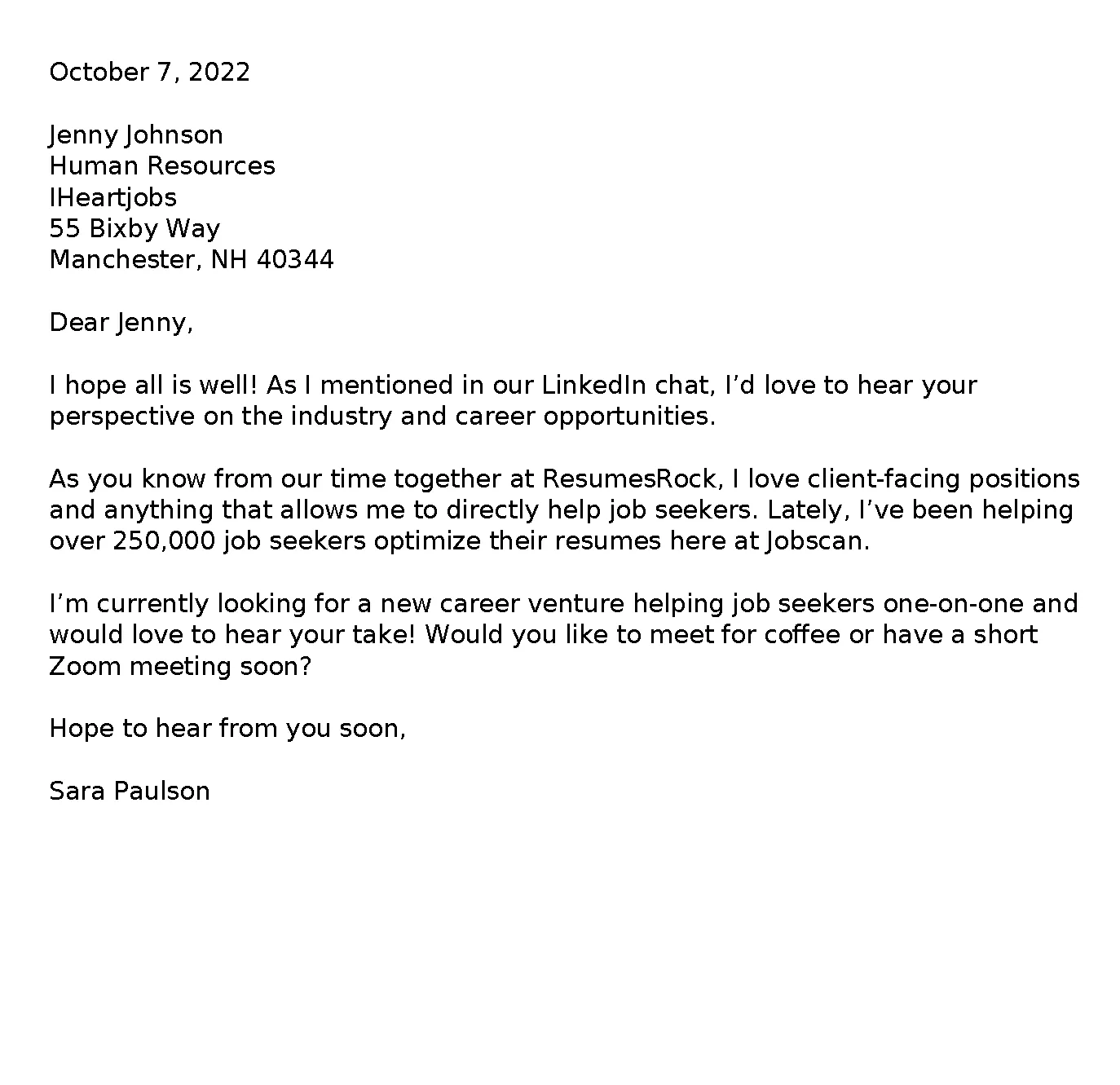
In the first paragraph, state the position you are applying for and where you found the job posting. Briefly mention why you are interested in the position and the company. Make a strong opening statement that captures the reader’s attention and makes them want to continue reading. The first paragraph sets the tone for the rest of the letter and encourages the hiring manager to learn more about you. Clearly stating your purpose in the first paragraph ensures the hiring manager understands what role you are applying for and builds interest.
Second Paragraph
The second paragraph is where you highlight your key skills and experiences that align with the job requirements. Provide specific examples of your accomplishments and how you have demonstrated these skills in previous roles. Quantify your achievements whenever possible to show the impact you’ve made. Connect your qualifications to the job description to demonstrate that you are a strong candidate. Tailor this paragraph to each job you apply for to reflect the specific requirements and expectations of the position. This specific focus on your value is critical for securing an interview.
Third Paragraph
The third paragraph can discuss your understanding of the company and the role, your career goals, and why you are interested in working for this specific organization. Show that you have done your research by mentioning specific company values, initiatives, or projects that resonate with you. Conclude the paragraph by restating your enthusiasm for the opportunity and your desire to contribute to the company’s success. Demonstrate your understanding of the company’s mission and goals, and how you can support them.
Closing Paragraph
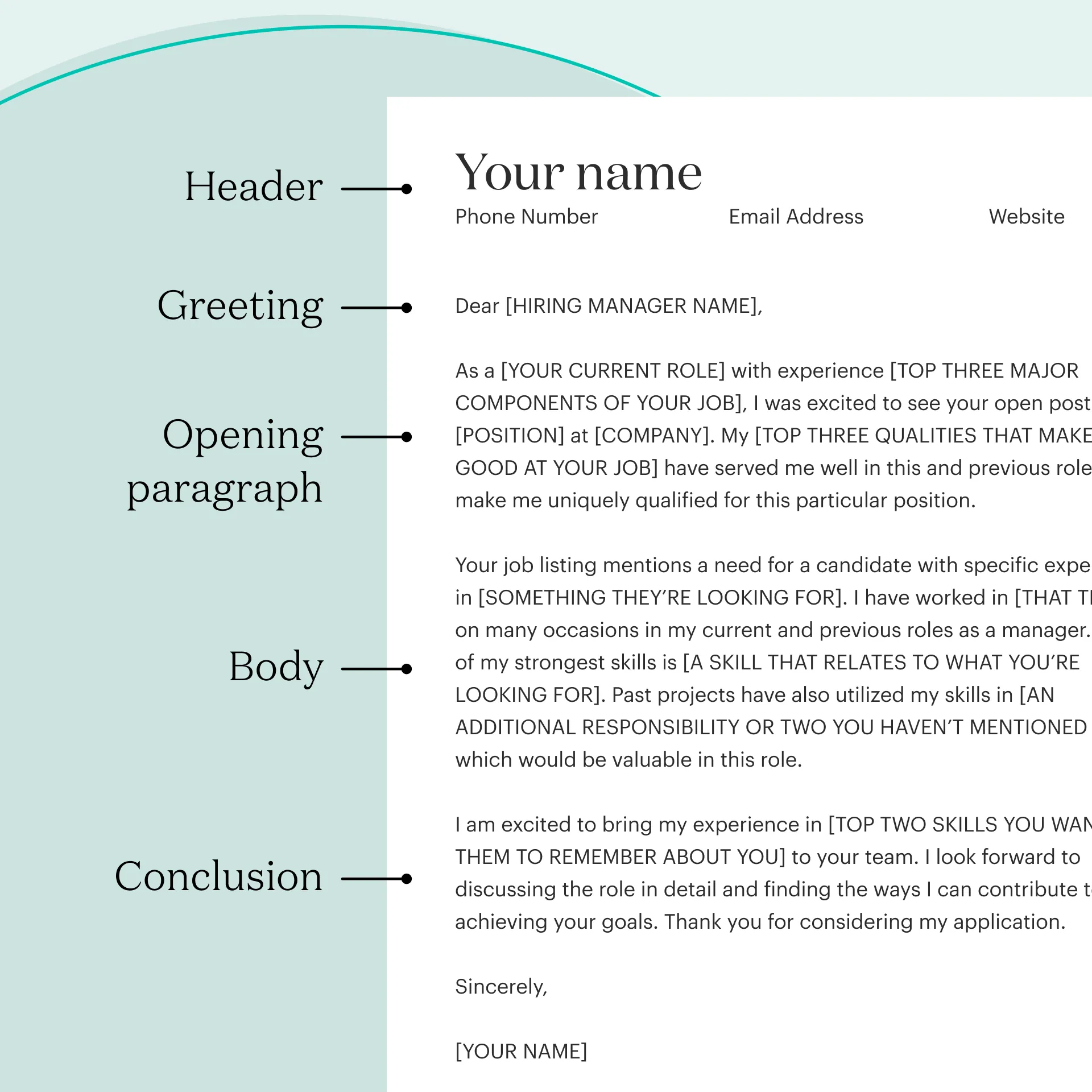
In the closing paragraph, express your enthusiasm for the opportunity and reiterate your interest in the position. Thank the hiring manager for their time and consideration. Clearly state your availability for an interview and how they can reach you. Keep it brief and professional. A strong closing paragraph leaves a lasting impression and encourages the hiring manager to take the next step. It’s important to maintain a positive and enthusiastic tone, while expressing your appreciation.
Complimentary Close
Choose a professional and appropriate closing. Options include “Sincerely,” “Best regards,” or “Respectfully.” Avoid informal closings like “Thanks” or “Cheers”. The complimentary close should be consistent with the tone of the rest of your cover letter. Ensure the closing is the final positive statement of your letter. This is the final touch of professionalism and sets the stage for your signature and contact information.
Signature
If you are submitting a digital cover letter, type your full name below the complimentary close. For printed copies, leave space for your handwritten signature above your typed name. Make sure your signature is legible. Your signature is a mark of professionalism. Consider using the same font for your typed name as the rest of your cover letter to maintain consistency. If sending a hard copy, sign it in blue or black ink.
Formatting and Design
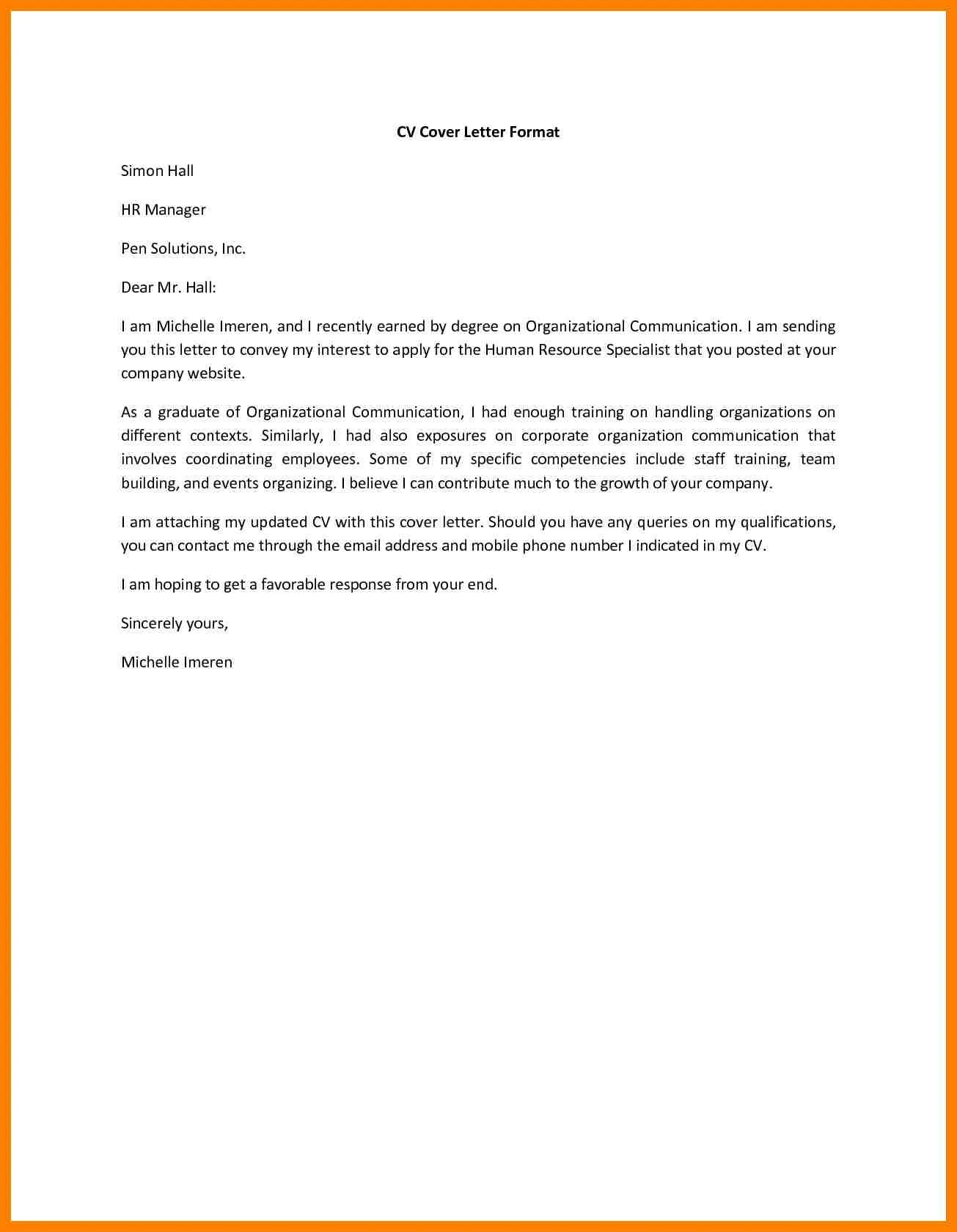
The format and design of your cover letter are important. The layout should be easy to read and visually appealing, as this reflects your professionalism and attention to detail. Consistency is important between your cover letter and your resume. Make sure the formatting enhances the content, making it easy for the hiring manager to navigate and understand the information. Good design helps in making a great first impression.
Font and Size
Choose a readable font such as Times New Roman, Arial, or Calibri. Keep the font size between 10 and 12 points. Avoid using overly decorative fonts, as they can be difficult to read. Consistency in font and size improves readability. Choose fonts that are modern and professional, and ensure that your cover letter is visually appealing. Use bold or italics sparingly for emphasis. Consistent formatting in your cover letter helps you maintain professionalism.
Margins and Spacing
Use standard one-inch margins on all sides of your cover letter. Maintain single spacing within paragraphs and double spacing between paragraphs. This will give the document a clean and organized look. Ensure that your text is not too crowded and provides enough white space to make the letter easy to read. Proper margins and spacing improve readability. Avoid overly cramped layouts and use a clear, uncluttered layout, which creates a positive impression on the reader.
Proofreading and Editing
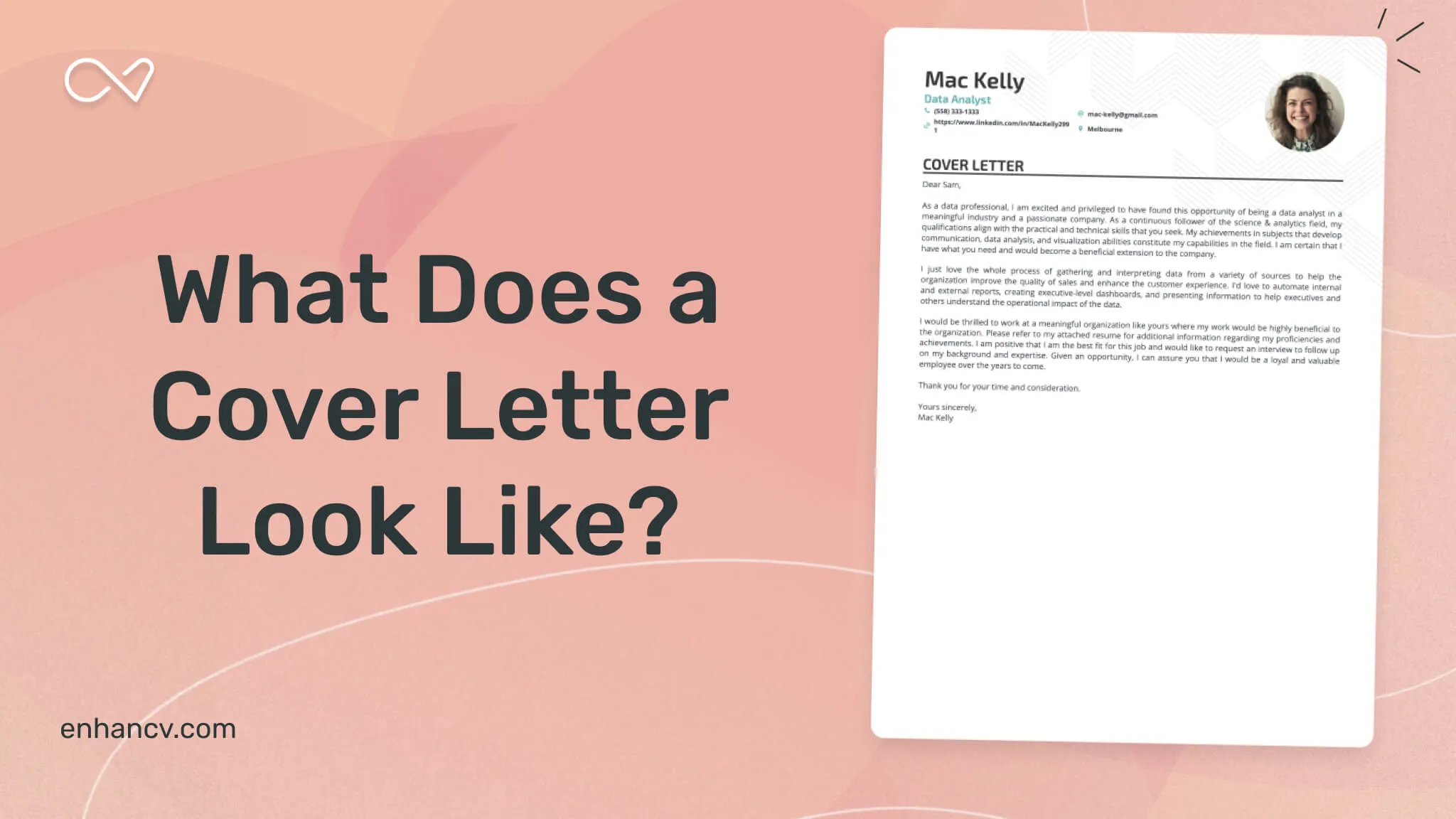
Proofreading and editing are crucial for ensuring that your cover letter is free of errors. Spelling and grammatical errors can undermine your credibility. Always proofread your cover letter carefully before submitting. Make sure to check for typos, grammatical errors, and punctuation mistakes. Ask a friend or family member to review your cover letter, as a fresh pair of eyes can often catch errors you may have missed. This can help ensure accuracy and clarity. Proofreading helps improve the overall quality of your application. Consider using proofreading software.
Common Mistakes to Avoid
Avoid common mistakes that can hurt your application. Do not use generic cover letters; customize each letter to match the specific job and company. Avoid typos, grammatical errors, and passive language. Be careful of exaggerating your skills or experience. Do not exceed one page in length, and avoid using jargon or overly complex language. Ensure that you do not include negative information about previous employers or colleagues. A polished cover letter conveys professionalism. A professional cover letter is key to making a good first impression.
